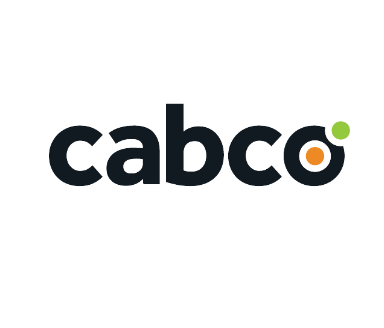Windows 10 Is Reaching End of Support - Is Your Business Ready?
Windows 10 End of Support Explained
On October 14, 2025, Microsoft will officially stop supporting Windows 10. This isn’t just a routine update—it’s the end of security patches, bug fixes, and technical support for the most widely used operating system in business today.
What This Means for Your Business:
No more security updates: Devices running Windows 10 will become vulnerable to viruses, malware, and ransomware.
No new software compatibility: New apps, tools, and services will stop supporting Windows 10, limiting what your team can use.
No help from Microsoft: If issues arise, you’re on your own. No patches. No fixes. No support.
Potential compliance risks: Industries with data protection requirements (like healthcare, finance, education) may fall out of compliance.
What’s the Cost of Doing Nothing?
Cyber security vulnerabilities
Windows 10 will no longer receive security updates or patches after October 14, 2025. That means every day you continue using it, your business is more exposed to cyberattacks. Hackers actively look for unpatched systems, and without Microsoft’s protection, any new vulnerabilities can be exploited indefinitely. Running an unsupported operating system puts your entire network—data, users, and customers—at risk.
Productivity Disruptions
Outdated operating systems slow down your business. As more applications and devices stop supporting Windows 10, employees may face lag, software glitches, or blocked features. These daily slowdowns impact team efficiency, customer service quality, and overall workflow. Instead of moving forward, your business wastes time and resources just trying to stay functional.
Increased IT Support Costs
Maintaining unsupported systems gets expensive fast. Emergency repairs, extended downtime, and patchwork fixes cost more than a planned upgrade. IT teams are forced to spend time solving avoidable issues or sourcing outdated parts. In many cases, the longer you delay the move to Windows 11, the higher the cost—both financially and operationally.
So, How Do You Upgrade Seamlessly?
For some businesses, migrating to Windows 11 might be as simple as replacing a few outdated laptops or upgrading system components. For others, it could mean rethinking large parts of their IT infrastructure.
Knowing exactly where your organization stands in the Windows 11 upgrade process is critical. Without a clear plan, you risk unexpected downtime, security gaps, and costly last-minute fixes.
At Cabco, we make the Windows 11 migration process simple and stress-free. Our team uses a proven framework to assess your systems, map out upgrade requirements, and guide you every step of the way. Whether you're upgrading 10 devices or 1,000, we help you transition without disruption.
Plan Your Windows 11 Migration the Easy Way with Cabco
Answer a few quick questions, and we'll create a personalized plan to simplify your Windows 11 migration.
Download The Windows 11 Readiness Checklist
Not sure if your business is ready for Windows 11?
Cabco’s Windows 11 Readiness Checklist outlines the steps you should follow before upgrading—from checking device compatibility to reviewing critical software, creating a migration timeline, and protecting your data.
No sign-up. No guesswork. Just an expert-backed, free resource to assess your current environment and build a clear, risk-free path to Windows 11.
Book Your Complimentary Consultation
Need help prioritizing Windows 11 upgrades that fit your budget? Reach out to us.


